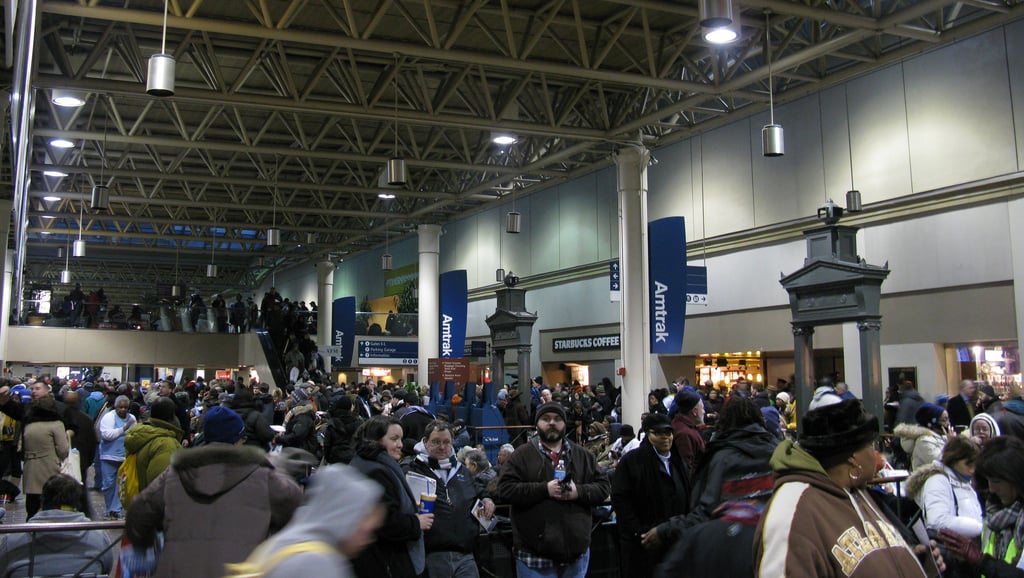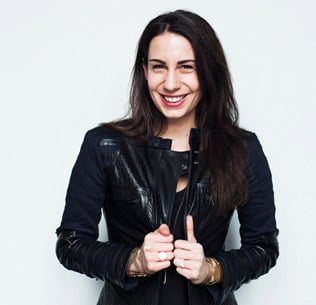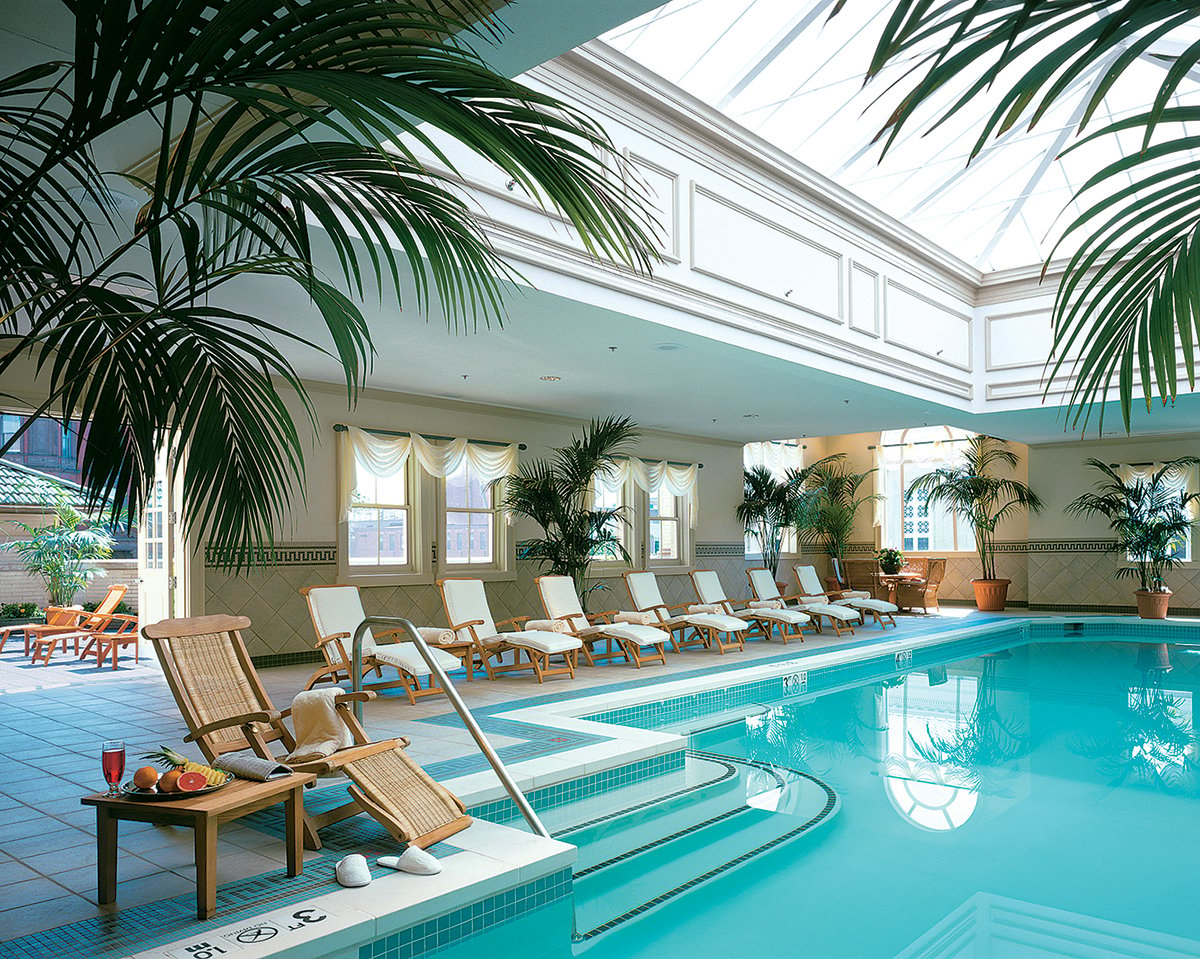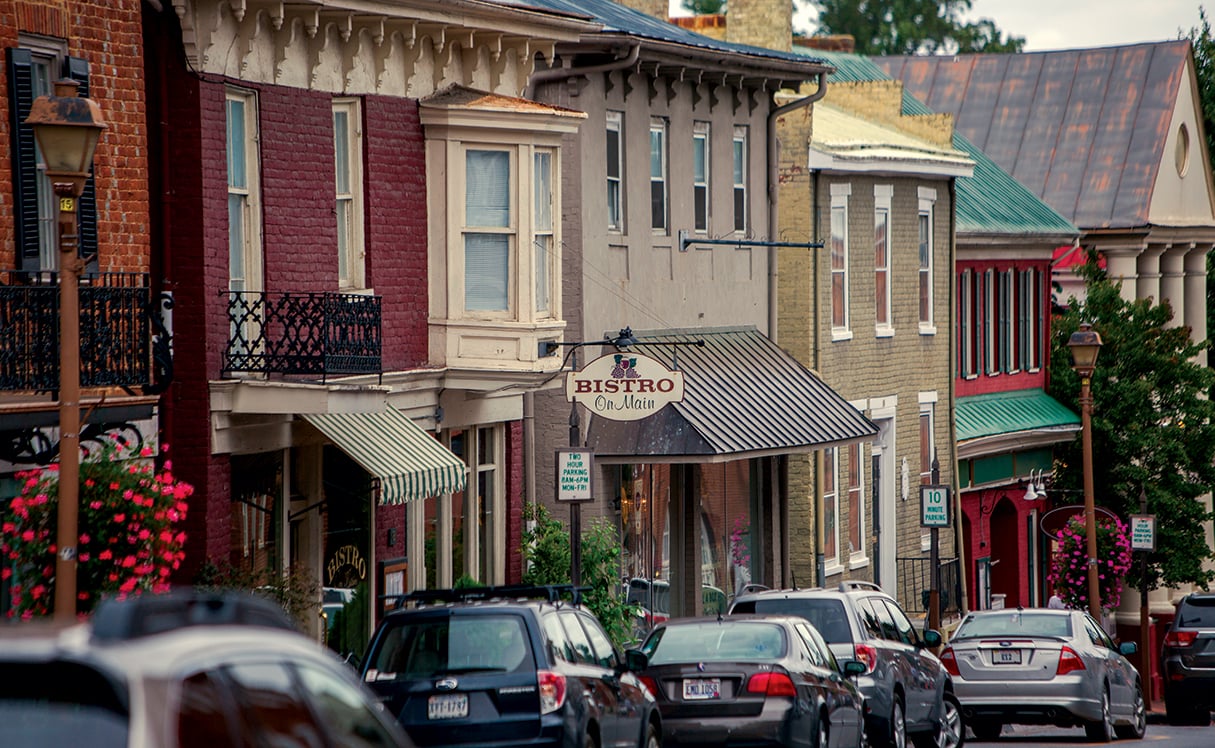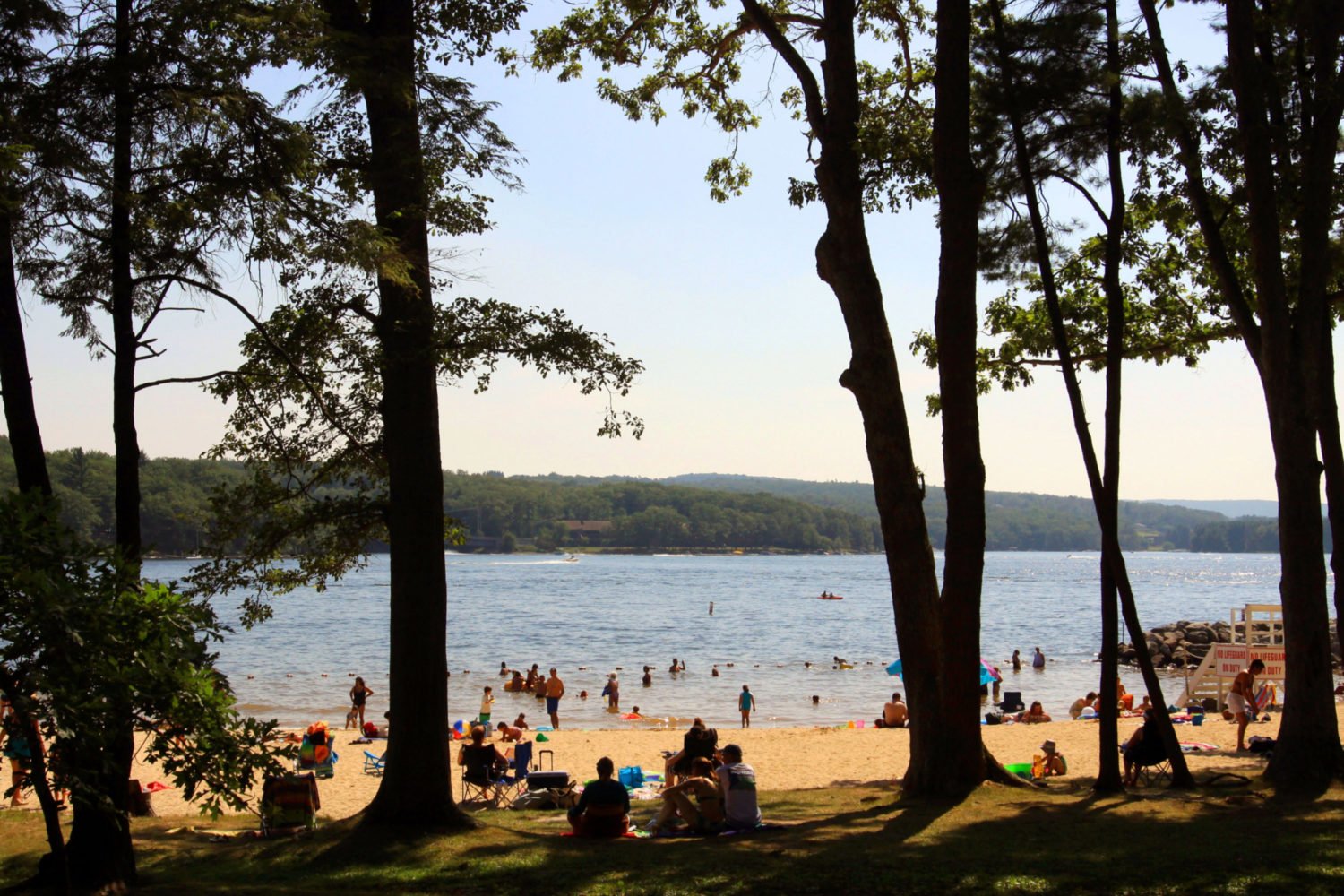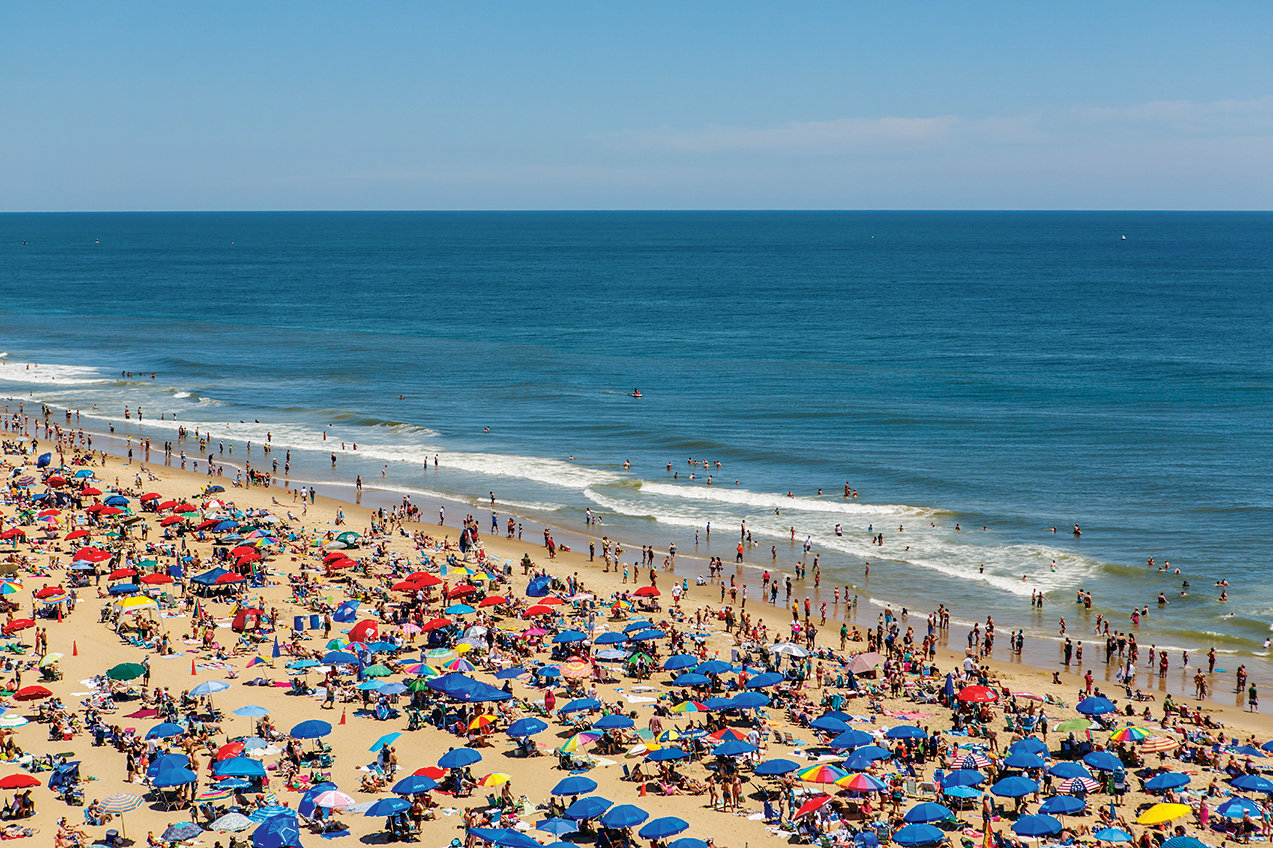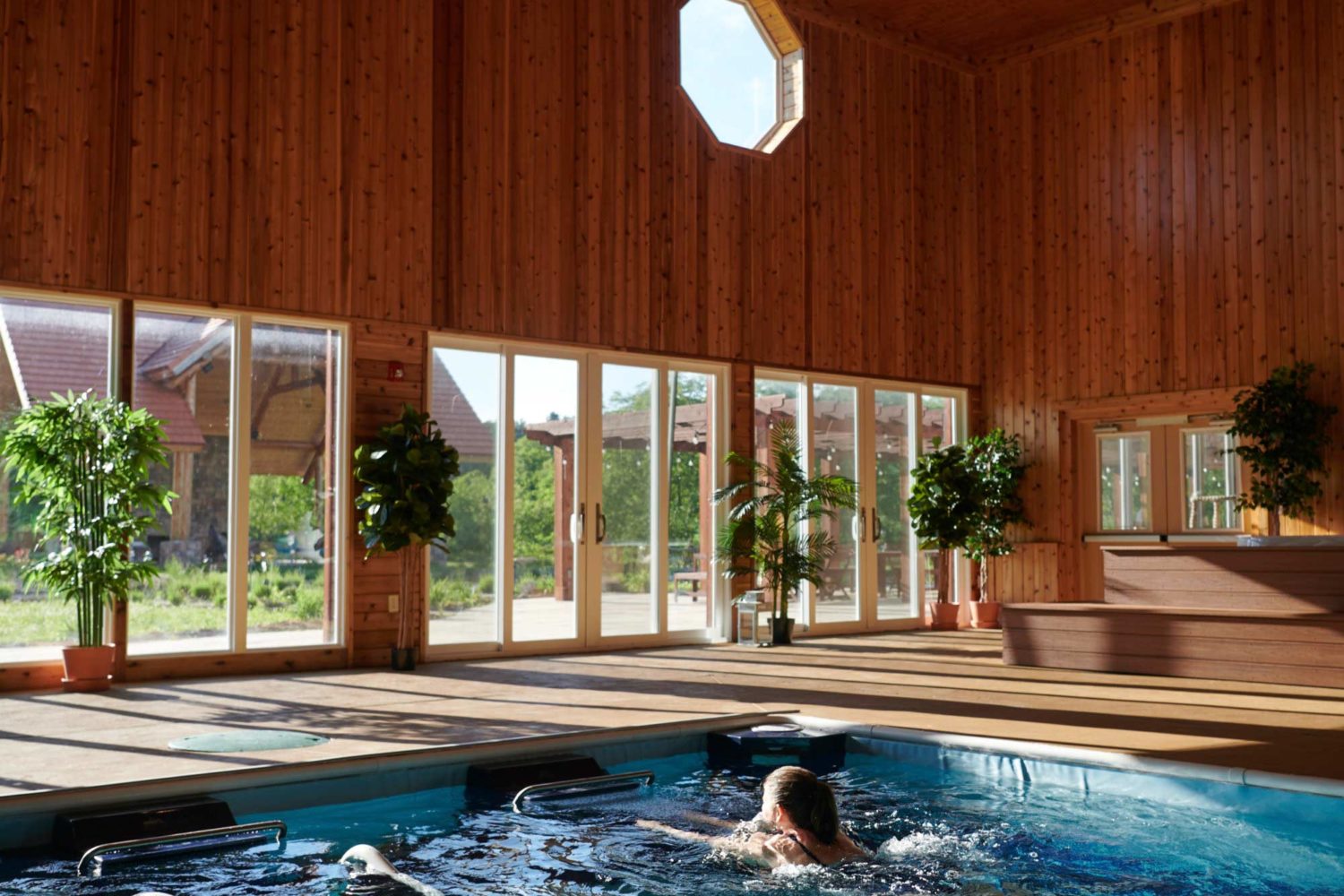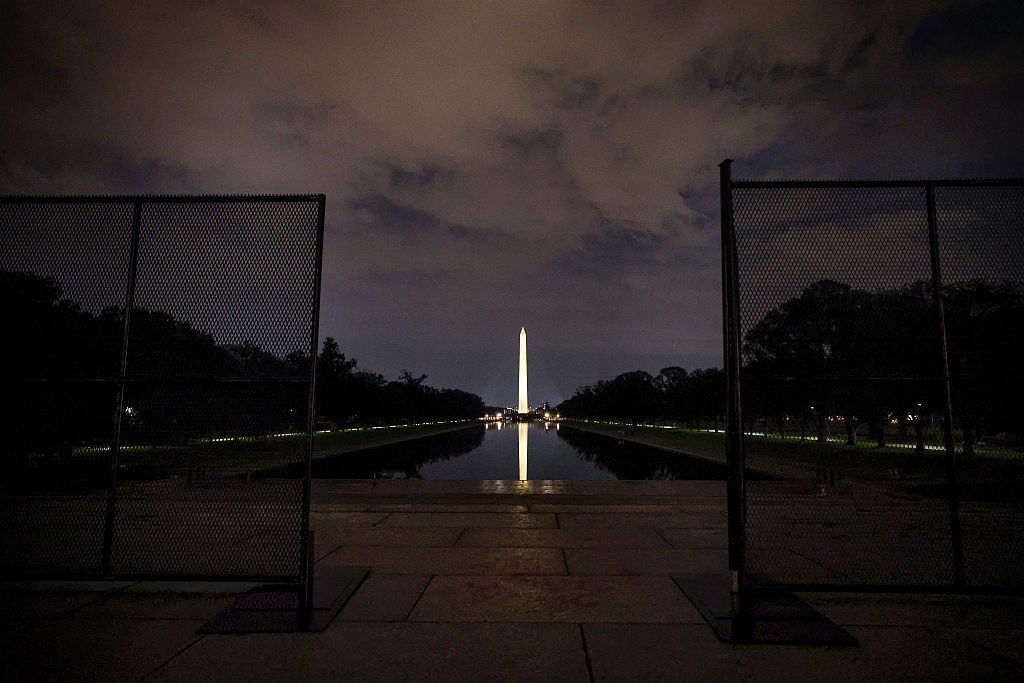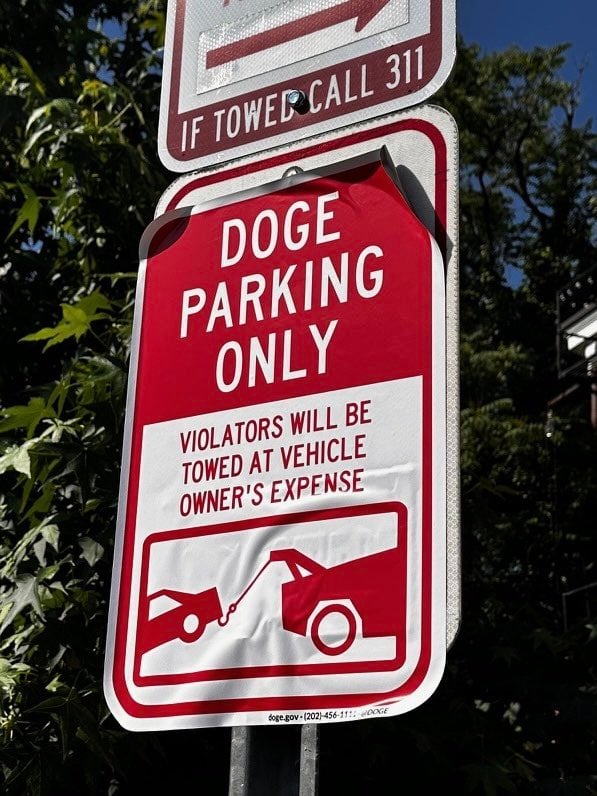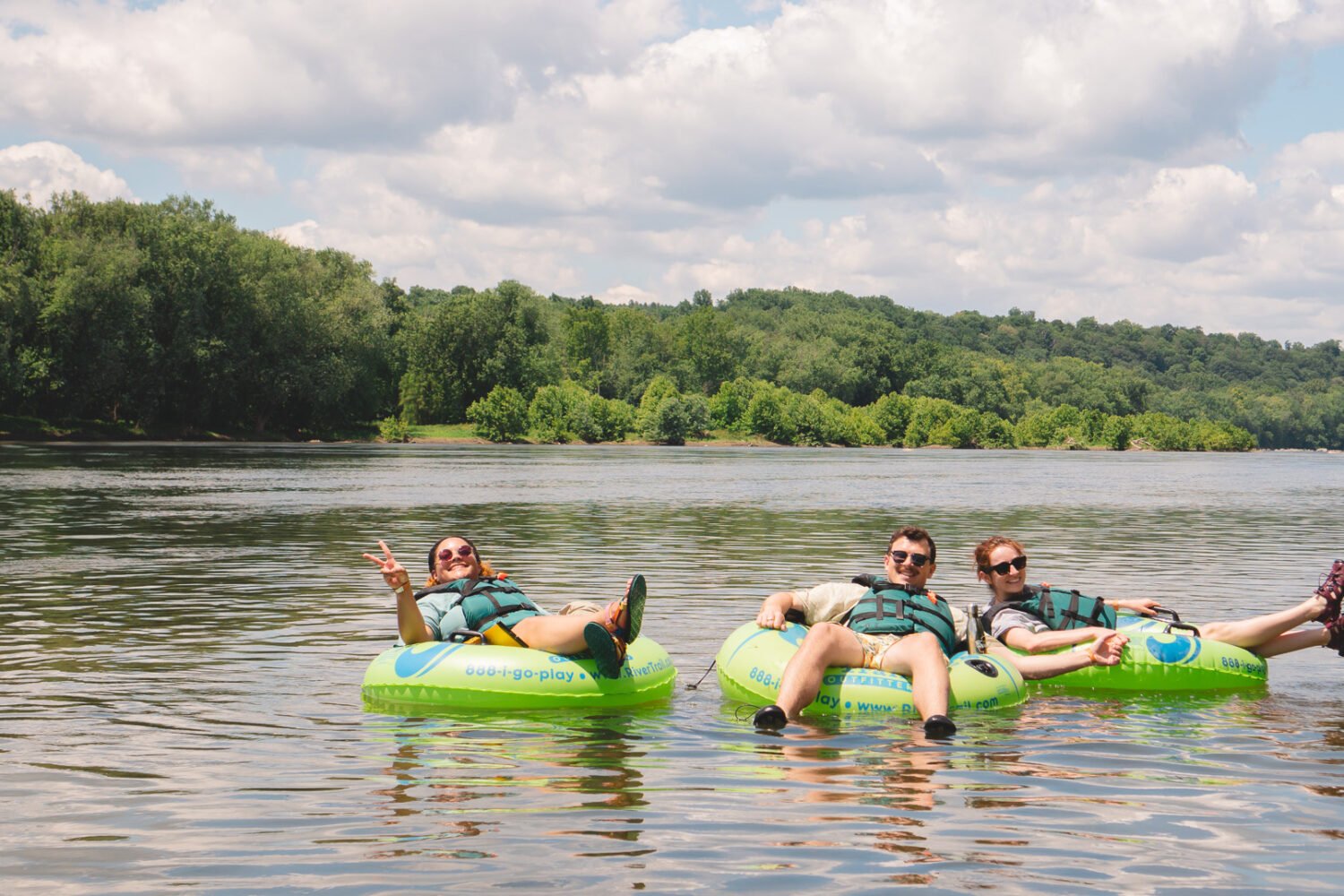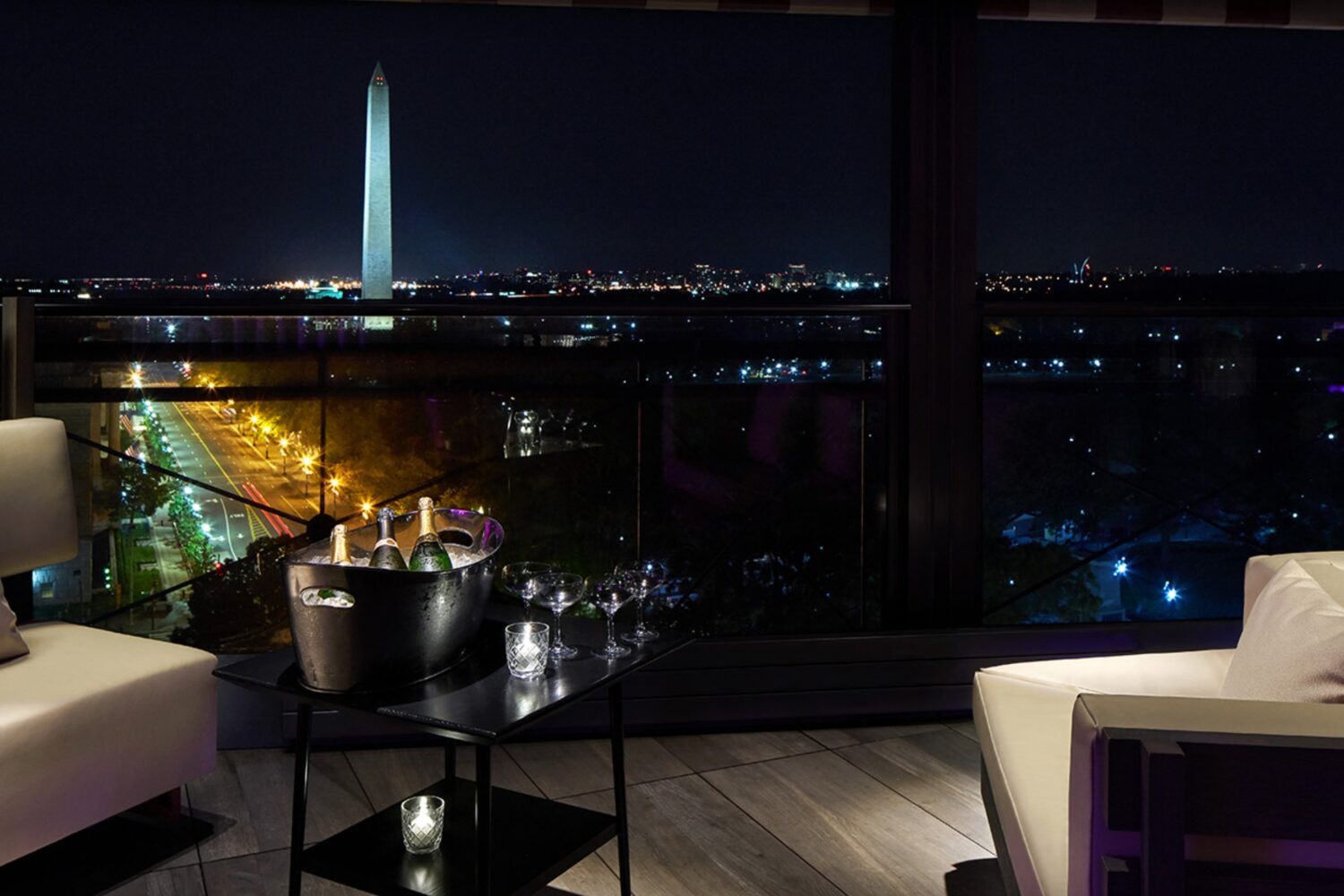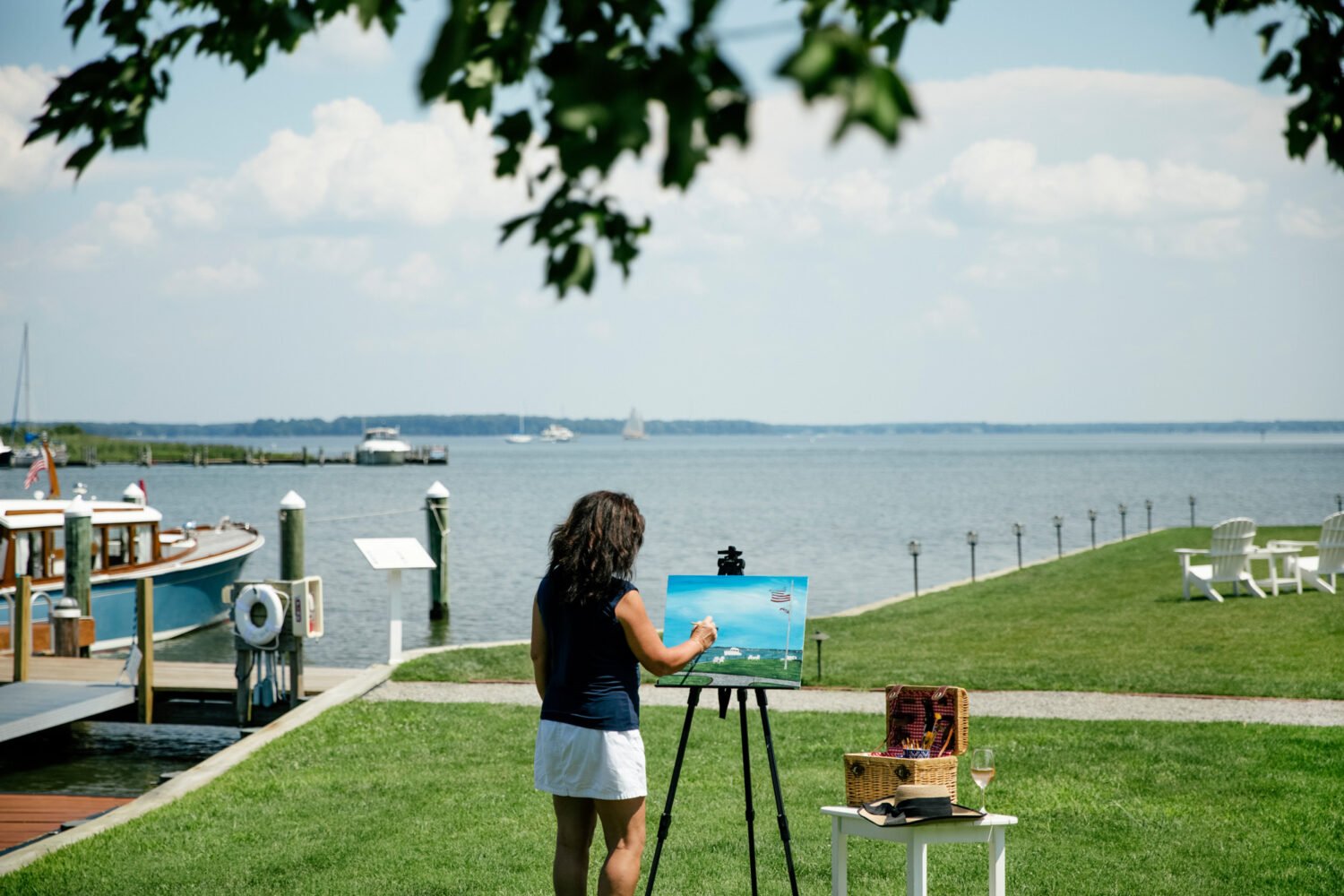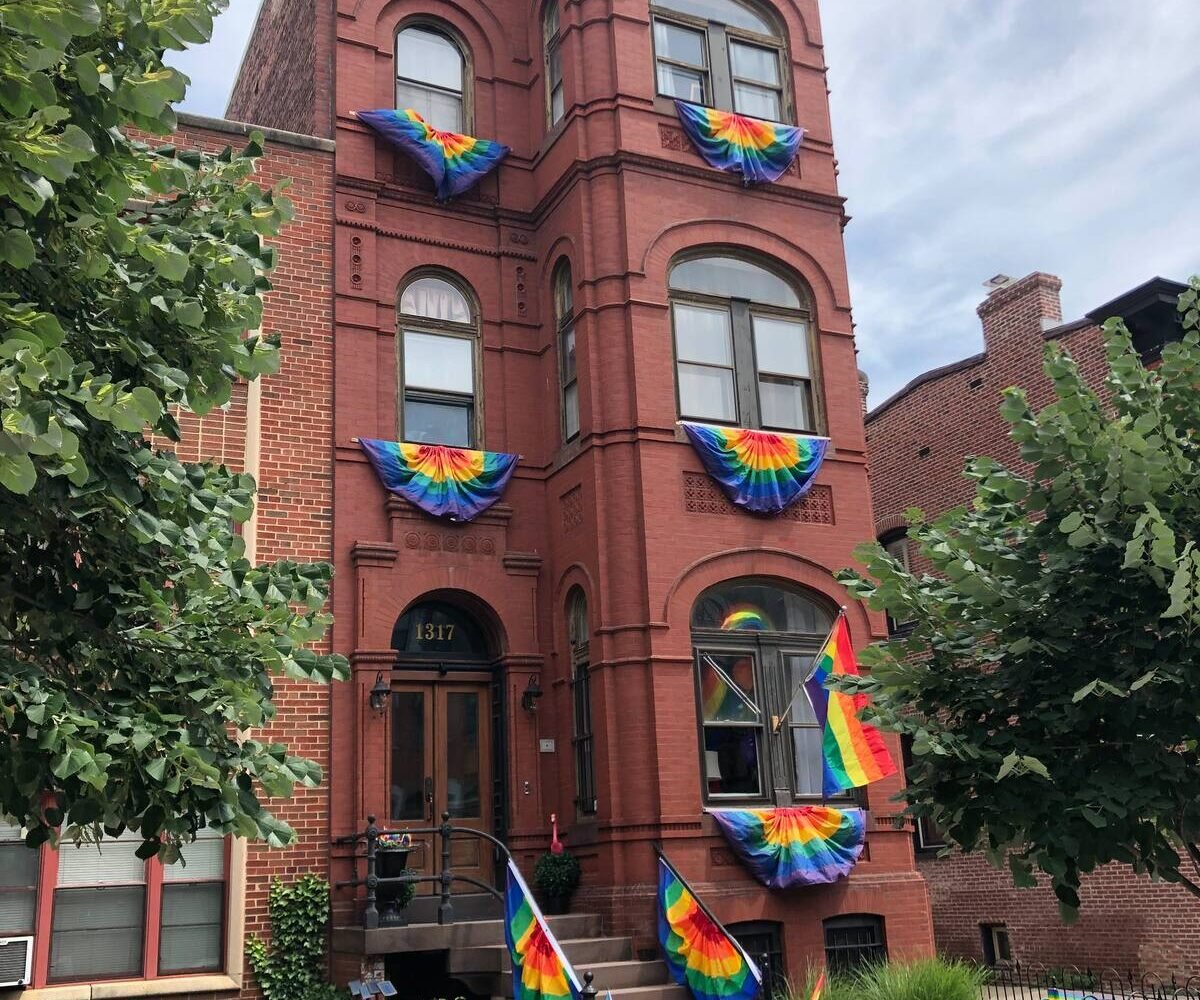This past Friday evening, about 6 PM, I (somewhat foolishly) entered Union Station for an Amtrak train to Philadelphia, where I lived until my mid-20s, and where my parents, sisters, and nieces and nephews all still reside. I’m a semi-regular user of the Northeast Regional service–back and forth at least once a month–and a full-time complainer about the never-ending maelstrom of panic and uncertainty that is the boarding process.
Now, I should state right away that I’m not a complainer about lining up when it’s done right. Queue me in a demarcated section for my ticket group at the airport and I’ll happily skim my phone while I wait. Send me through the London Underground, where everyone seamlessly moves to the goddamn right like the sensible, thinking humans Brits are, and I slip with ease through the tunnels. Even the dreaded customs line at Dulles doesn’t evoke much dread in me: simply snake through the line, proceed to a desk when you’re called, manage to make just the right “I swear I’m a good person, now let me back into my country” face, and you’re fine. It’s the lack of directionality at Union Station that drives me bananas.
At this point I should know better than to purchase a Friday rush hour ticket, but for no logical reason, I just keep doing it. The fact is, I can’t leave work early but I don’t want to do the up-and-back roundtrip in under 36 hours. So there I find myself on Friday evenings, trapped between a Jamba Juice and a horde of confused and irritated travelers, envisioning each of their faces morphing into that of a fully made-up Walking Dead extra. And that’s not an exaggeration.
Here’s the flaw in the machine: Unlike Philadelphia’s 30th Street Station, where the original Grand Hall serves as a waiting room that rests atop the boarding areas, Union Station’s gates are stuffed in a teeny hall at the back of the station. Union was originally designed so that travelers would wait in its Grand Hall (perhaps stopping by the mortuary that was once there–for real), then only proceed to the concourse to directly board the train. But when Union Station was revitalized in the 1960s and ’70s the Grand Hall became a de facto glorified foyer, the concourse became a shopping mall, and the actual waiting area for passengers was squeezed into that tiny back strip surrounded by stores and fast food joints. This is what happens when hasty ideas to turn transit stops into “destinations” come to fruition, I suppose.
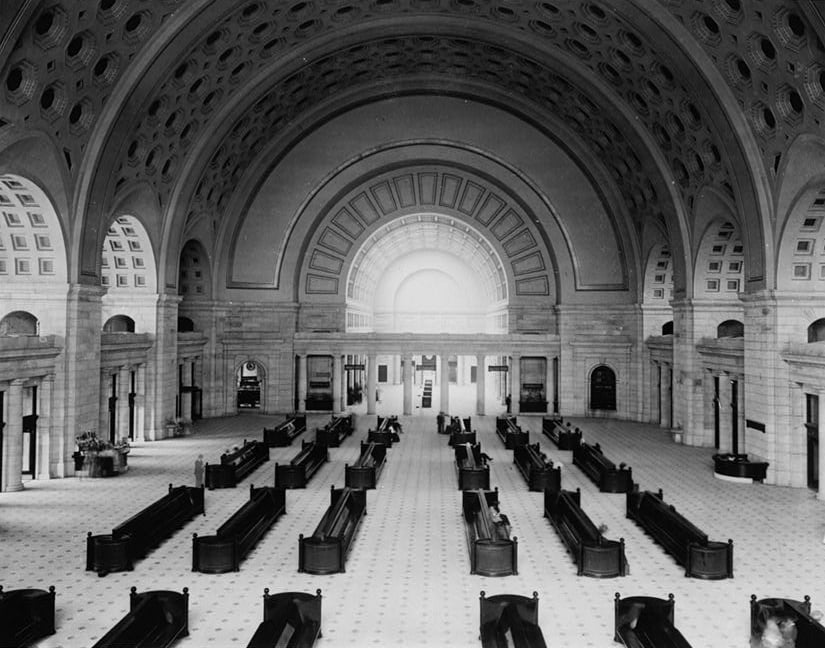
And since Washington is the original point of departure for many of the Northeast-bound trains that means passengers cannot simply wait on the platform for their scheduled train to come through the station. To get a desired seat at a place like 30th Street Station, for instance, there’s no rush: passengers line up in the Grand Hall, move down the steps to the tracks about 5 minutes before the train arrives, disperse according to their preferences, and then board once the train pulls in. At Union Station, however, once the line forms, it has nowhere to go and fills up the concourse (sometimes almost the entire thing; sometimes even doubling back on itself). If one wishes for a particular seat in say, the very limited quiet car or the dining car, one must be in the first half of the line, or risk missing out. And because more than one train is scheduled to leave Union Station in any given time frame, the lines often start to merge.
It always, every single time, goes like this:
- Line begins to form.
- New travelers stop to ask other travelers if this is indeed the “the line for the train going to_______”
- Because there are multiple trains going to Boston, or because the train goes to New York but doesn’t terminate there, or because everyone forgets about Wilmington’s existence, confusion ensues.
- Said traveler then turns to yet another in-line passenger and begins the conversation again.
- Other passengers who asked same question 3 minutes prior roll their eyes at new passenger’s foolishness.
- Passenger firmly answers that this is the line for the correct train.
- Line has grown by 20 people in the interim, traveler now sighs and remarks that this is all just so crazy!
- We start again at 1.
In between all this, there are toes crunching underneath rogue rollaboards, elbows planting firmly in the ribs of iPhone gazers, Starbucks cups spewing liquid after accidental jostles, and a Greek chorus of sighs and groans. The tone is more “this is the last transport out before the Empire invades the Rebel base,” than “this is one of 19 trains you can catch tonight to make it to your weekend of fun.” Everyone is pissed, nobody is happy, and expectations are upended–without exception.
So here’s the info you really need to know before you arrive at Union Station for a Northeast-bound train.
- The line will be extremely long.
- It will be so long that it seems impossible that this is indeed your line.
- It is, however, your line, despite the fact that you are meant to board at Gate D and you’re perched near Gate J.
- Everyone else knows that the system is nuts. You don’t need to complain about it.
- Really, this is the line you need to be in.
- There will definitely still be room for you on the train.
- It is like this all the time.
- Yep, the line is really damn long.
Seriously. The line is just really long. Either find a redcap or pipe down.

